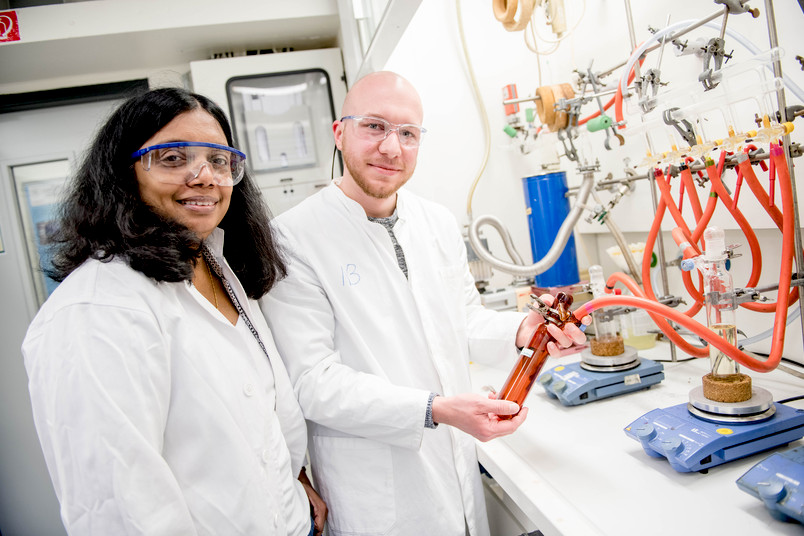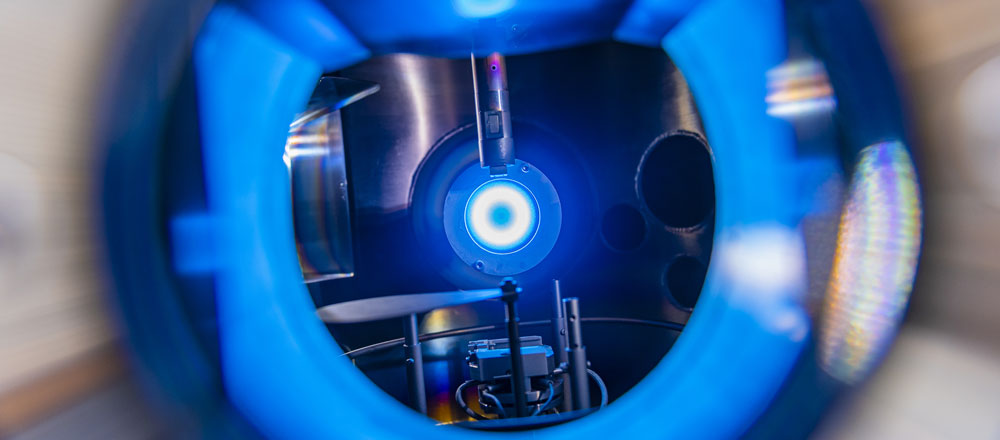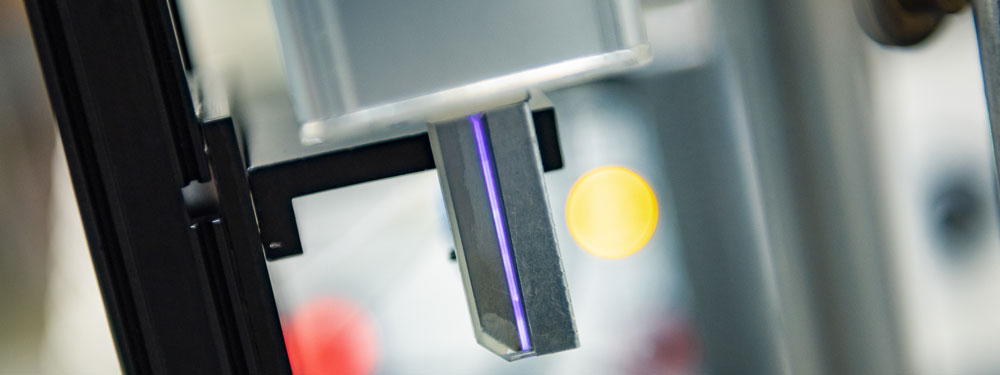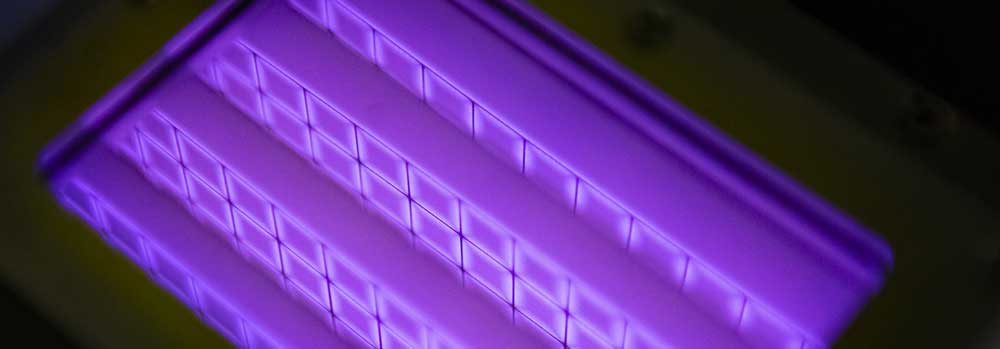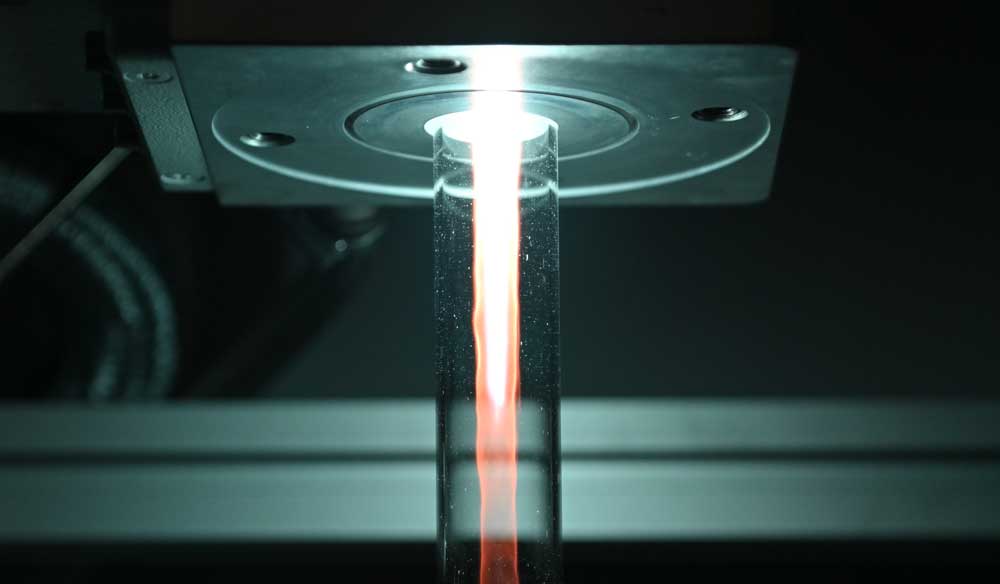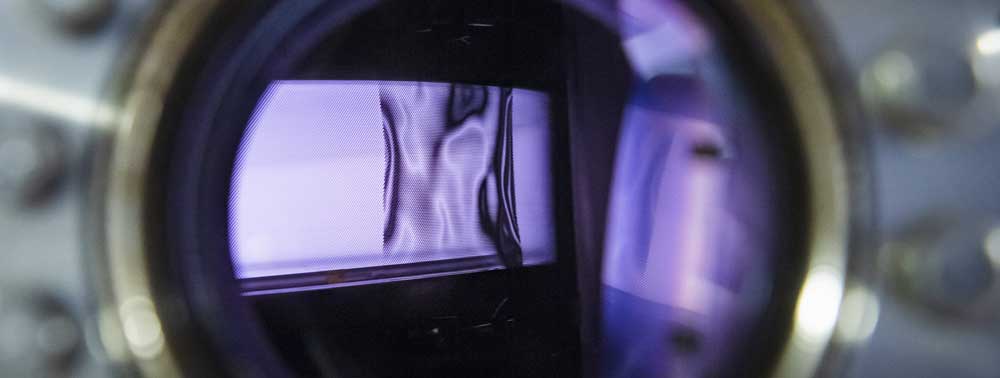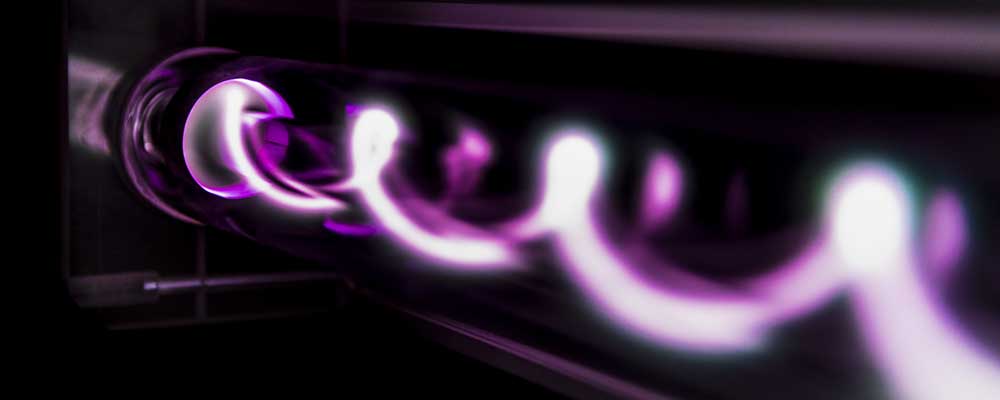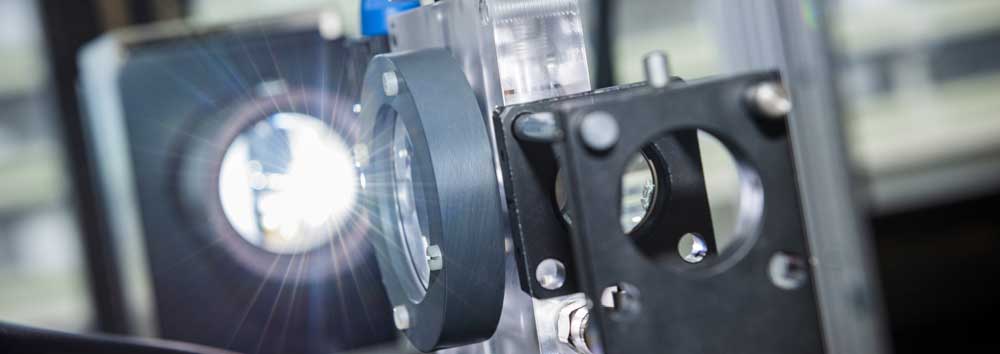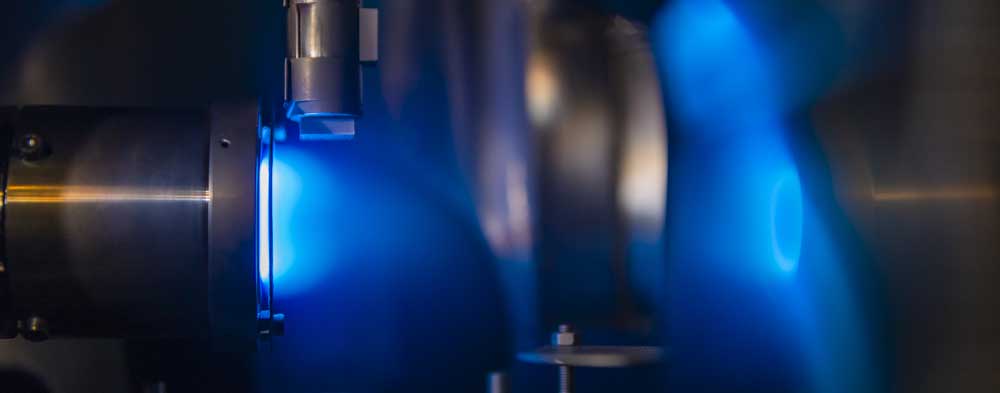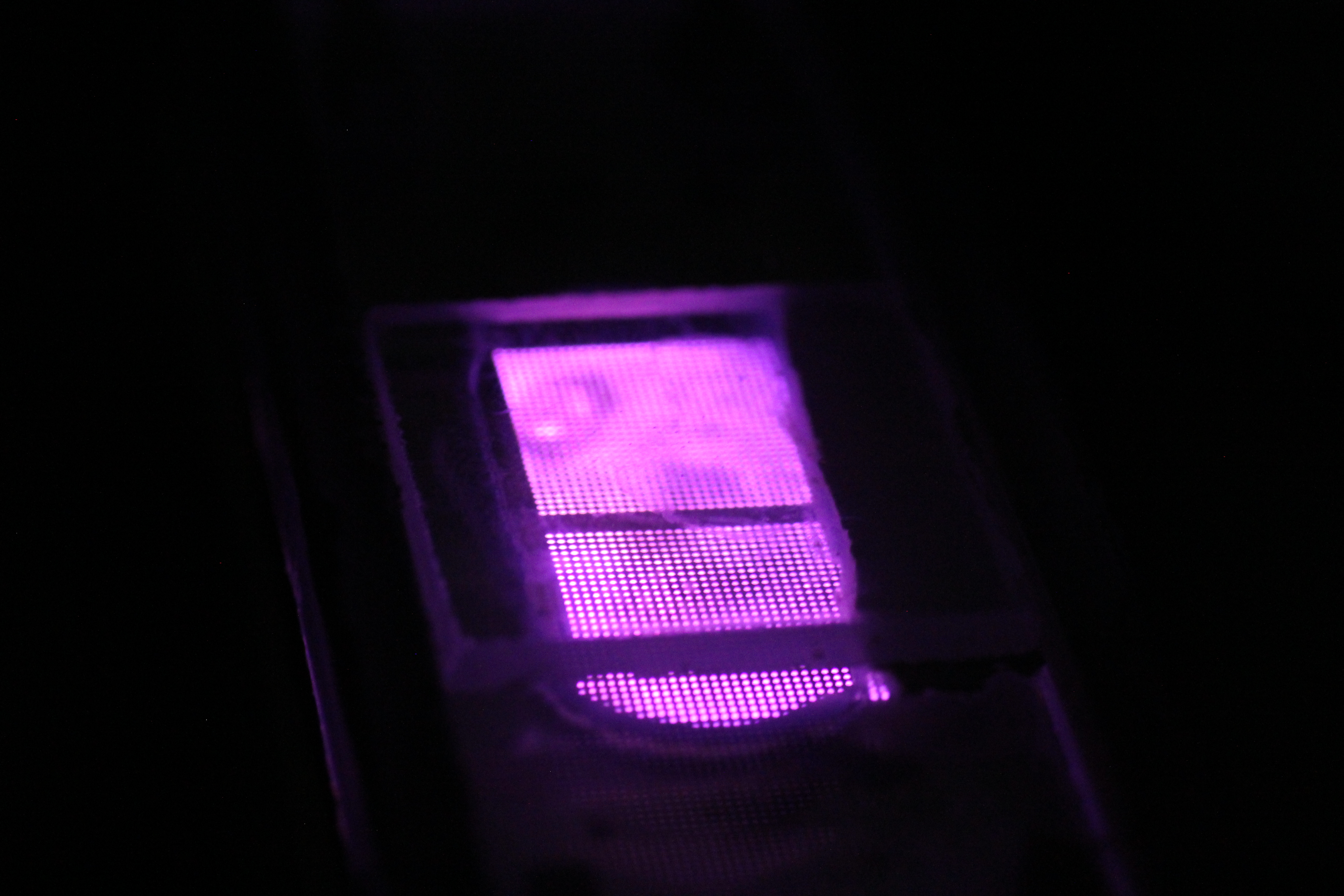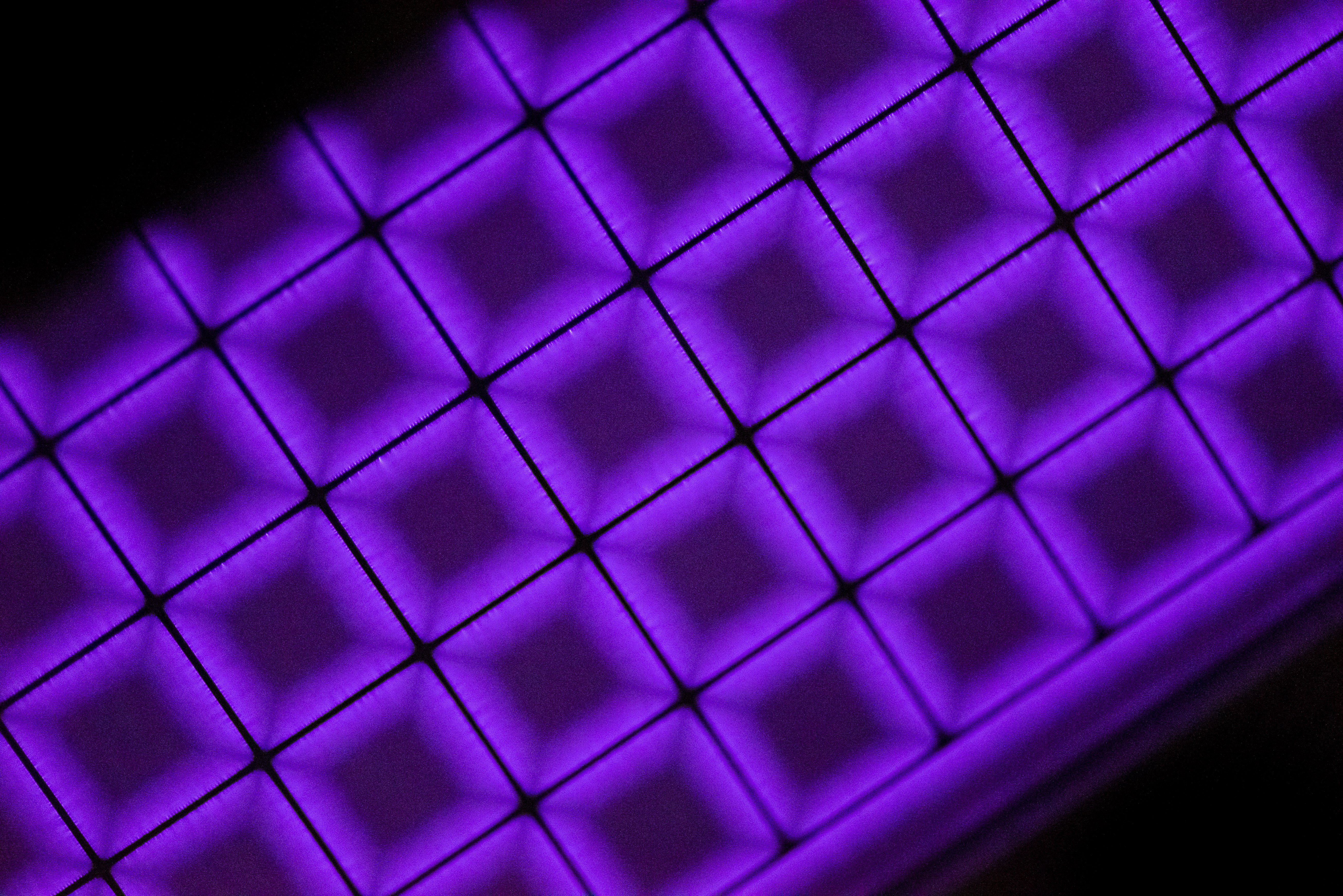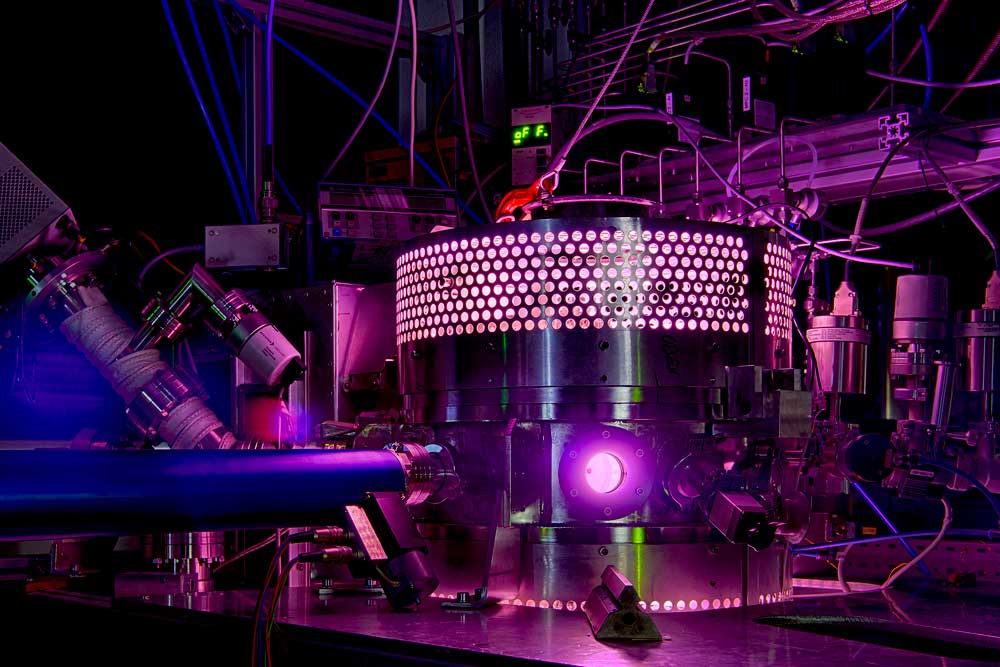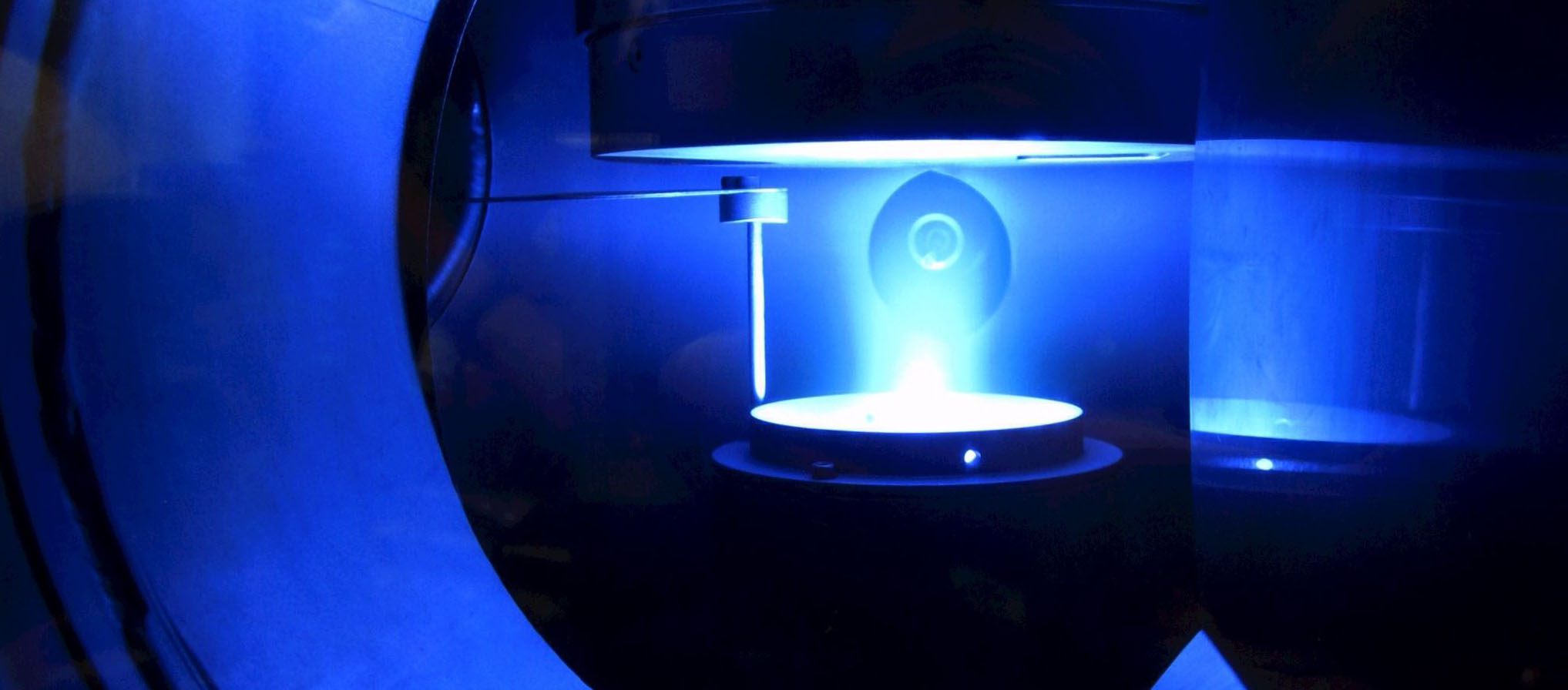Ultra-thin transparent silver layers for solar cells
New chemical precursor
"The precursors for the deposition of ultrathin silver layers are extremely sensitive to air and light," explains Nils Boysen. It is true that the precursors can be stabilized with fluorine, phosphorus or oxygen. "However, these elements contaminate the thin film and pollute the equipment used to produce the layers," the researcher continues. As part of his master's thesis, Boysen and colleagues developed an alternative for stabilization.
The scientists designed a chemical silver precursor in which the silver is packaged in an amide and a carbene, thus eliminating the need for stabilization with fluorine, phosphorus or oxygen. They showed that the new precursor can be used to deposit thin silver layers on an electrode. To do this, they used atomic layer deposition. In the process, the precursor is transported to the electrode in gaseous form and deposited there as a silver layer just a few atoms thick. Because the silver film is so thin, it is transparent.
"Since the process works at atmospheric pressure and low temperatures, the general conditions would be favorable for industrial production," says Anjana Devi.
Prospect of high-efficiency solar cells and lights
With a series of tests, the researchers demonstrated that the silver thin films produced with the new process are pure and electrically conductive. "From a process engineering point of view, the successful synthesis of the new precursor opens the door to realize ultrathin silver films," Thomas Riedl sums up. "They hold out the prospect of producing new electrodes for highly efficient solar cells and lights."
"The interdisciplinary collaboration between the Bochum materials scientists and the Wuppertal engineers was the key to success," says Anjana Devi.
adapted from Julia Weiler (RUB)
